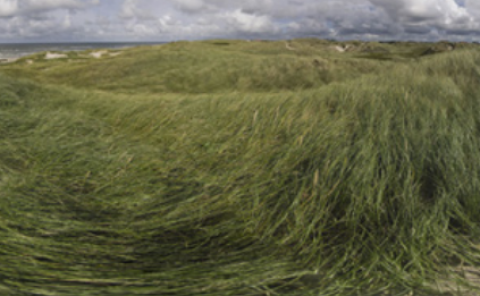Embodied Tentacle: Mapping Design to Control of Non-Analogous Body Parts with the Human Body
Date:May 2024
Teams:The University of Tokyo;Toyohashi University of Technology
Writers:Shuto Takashita,Ken Arai,Hiroto Saito,Michiteru Kitazaki,Masahiko Inami
PDF:Embodied Tentacle: Mapping Design to Control of Non-Analogous Body Parts with the Human Body
Abstract
Manipulating a non-humanoid body using a mapping approach that translates human body activity into different structural movements enables users to perform tasks that are difficult with their innate bodies. However, a key challenge is how to design an effective mapping to control non-analogous body parts with the human body. To address this challenge, we designed an articulated virtual arm and investigated the effect of mapping methods on a user’s manipulation experience. Specifically, we developed an unbranched 12-joint virtual arm with an octopus-like appearance. Using this arm, we conducted a user study to compare the effects of several mapping methods with different arrangements on task performance and subjective evaluations of embodiment and user preference. As a result, we identified three important factors in mapping: “Visual and Configurational Similarity”, “Kinematics Suitability for the User”, and “Correspondence with Everyday Actions.” Based on these findings, we discuss a mapping design for non-humanoid body manipulation.

